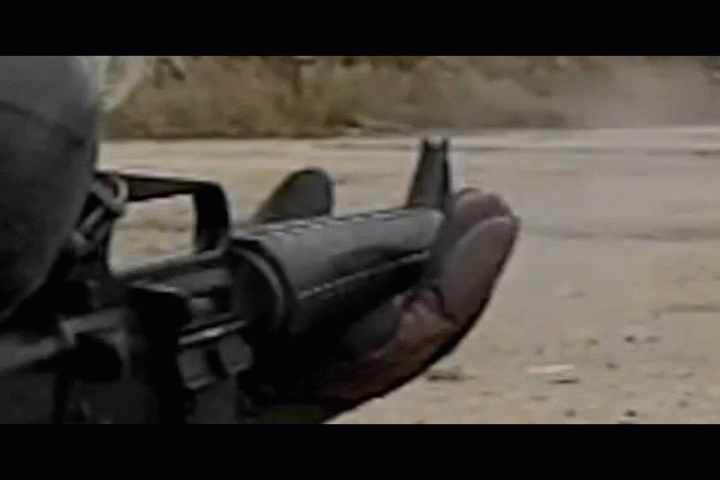Re: Differences shooting gas versus bolt guns?
I still say the barrel is the issue and you should change that before you do anything else.
Just to be sure, take 10 rounds of the 175gr Fed GMM stuff you have and shoot them for group at 1 or 200 yards. Feed them manually, all the way into the chamber, not from the magazine. Your 1:10 twist should stabilize this bullet very nicely. This will remove all cycling issues, you are looking for the accuracy potential of your current rifle system.
And don't forget your follow through.
I still say the barrel is the issue and you should change that before you do anything else.
Just to be sure, take 10 rounds of the 175gr Fed GMM stuff you have and shoot them for group at 1 or 200 yards. Feed them manually, all the way into the chamber, not from the magazine. Your 1:10 twist should stabilize this bullet very nicely. This will remove all cycling issues, you are looking for the accuracy potential of your current rifle system.
And don't forget your follow through.




